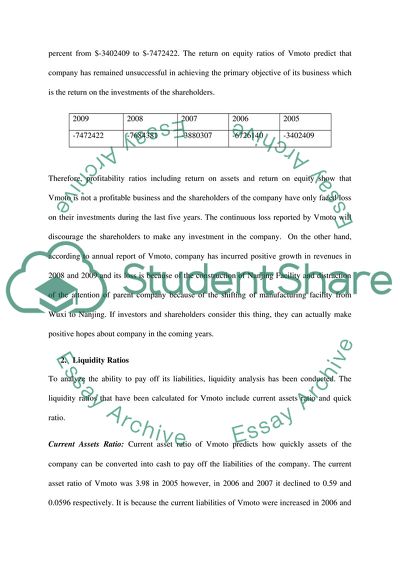Cite this document
(Financial Statement Analysis of Vmoto Case Study, n.d.)
Financial Statement Analysis of Vmoto Case Study. Retrieved from https://studentshare.org/finance-accounting/1742512-accounting-anual-report-analysis
Financial Statement Analysis of Vmoto Case Study. Retrieved from https://studentshare.org/finance-accounting/1742512-accounting-anual-report-analysis
(Financial Statement Analysis of Vmoto Case Study)
Financial Statement Analysis of Vmoto Case Study. https://studentshare.org/finance-accounting/1742512-accounting-anual-report-analysis.
Financial Statement Analysis of Vmoto Case Study. https://studentshare.org/finance-accounting/1742512-accounting-anual-report-analysis.
“Financial Statement Analysis of Vmoto Case Study”, n.d. https://studentshare.org/finance-accounting/1742512-accounting-anual-report-analysis.


